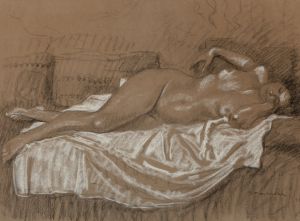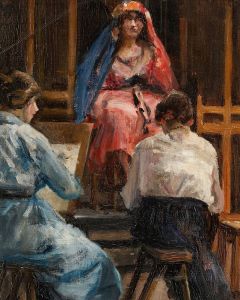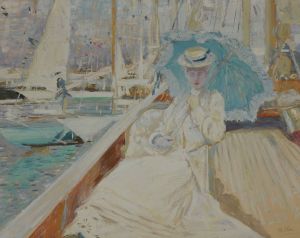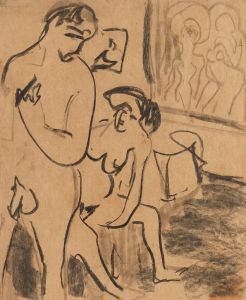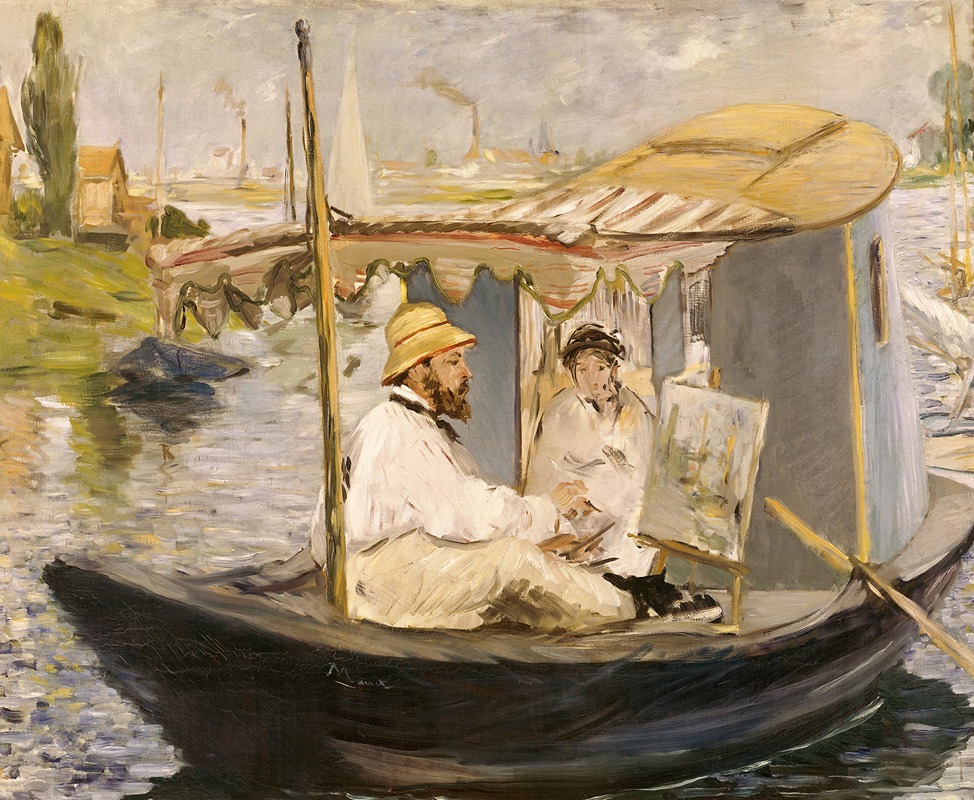
Claude Monet painting in his studio boat
A hand-painted replica of Édouard Manet’s masterpiece Claude Monet painting in his studio boat, meticulously crafted by professional artists to capture the true essence of the original. Each piece is created with museum-quality canvas and rare mineral pigments, carefully painted by experienced artists with delicate brushstrokes and rich, layered colors to perfectly recreate the texture of the original artwork. Unlike machine-printed reproductions, this hand-painted version brings the painting to life, infused with the artist’s emotions and skill in every stroke. Whether for personal collection or home decoration, it instantly elevates the artistic atmosphere of any space.
Édouard Manet's painting "Claude Monet in His Studio Boat" is a notable work that captures a moment in the life of the renowned Impressionist painter Claude Monet. Created in 1874, this painting is an important piece that reflects the camaraderie and mutual respect between two of the most influential artists of the 19th century, Édouard Manet and Claude Monet.
The painting depicts Monet working on his floating studio, a small boat that he used to paint en plein air, or outdoors, directly from nature. This method was a hallmark of the Impressionist movement, which sought to capture the effects of light and atmosphere in a way that traditional studio painting could not. Monet's studio boat allowed him to immerse himself in his surroundings and paint scenes directly from life, particularly the reflections and play of light on water, which became a central theme in his work.
In Manet's painting, Monet is shown seated at his easel, brush in hand, focused on his canvas. The setting is the Seine River, a frequent subject of Monet's paintings, and the scene is bathed in natural light, emphasizing the Impressionist interest in capturing transient effects of light and color. Alongside Monet is his wife, Camille Doncieux, who appears relaxed and contemplative, adding a personal and intimate dimension to the scene.
Manet's style in this painting is characterized by loose brushwork and a vibrant palette, elements that align with the Impressionist approach, though Manet himself is often associated with the Realist movement. His choice to paint Monet in this context underscores the influence of Impressionism on his work and highlights the fluid boundaries between artistic movements during this period.
The relationship between Manet and Monet was one of mutual admiration and influence. Although Manet was slightly older and initially more established, he was inspired by the younger Monet's innovative techniques and subject matter. This painting serves as a testament to their friendship and shared artistic pursuits. It also reflects the broader context of the Parisian art scene in the late 19th century, a time of great experimentation and change.
"Claude Monet in His Studio Boat" is housed in the Neue Pinakothek in Munich, Germany. It remains an important work for its historical significance and its depiction of a pivotal moment in art history. The painting not only captures a personal interaction between two great artists but also embodies the spirit of innovation and exploration that defined the Impressionist movement.
This work is a valuable piece for understanding the dynamics of artistic collaboration and the development of new artistic techniques during a transformative period in art history. Through Manet's lens, viewers gain insight into Monet's creative process and the environment that inspired some of his most famous works.





